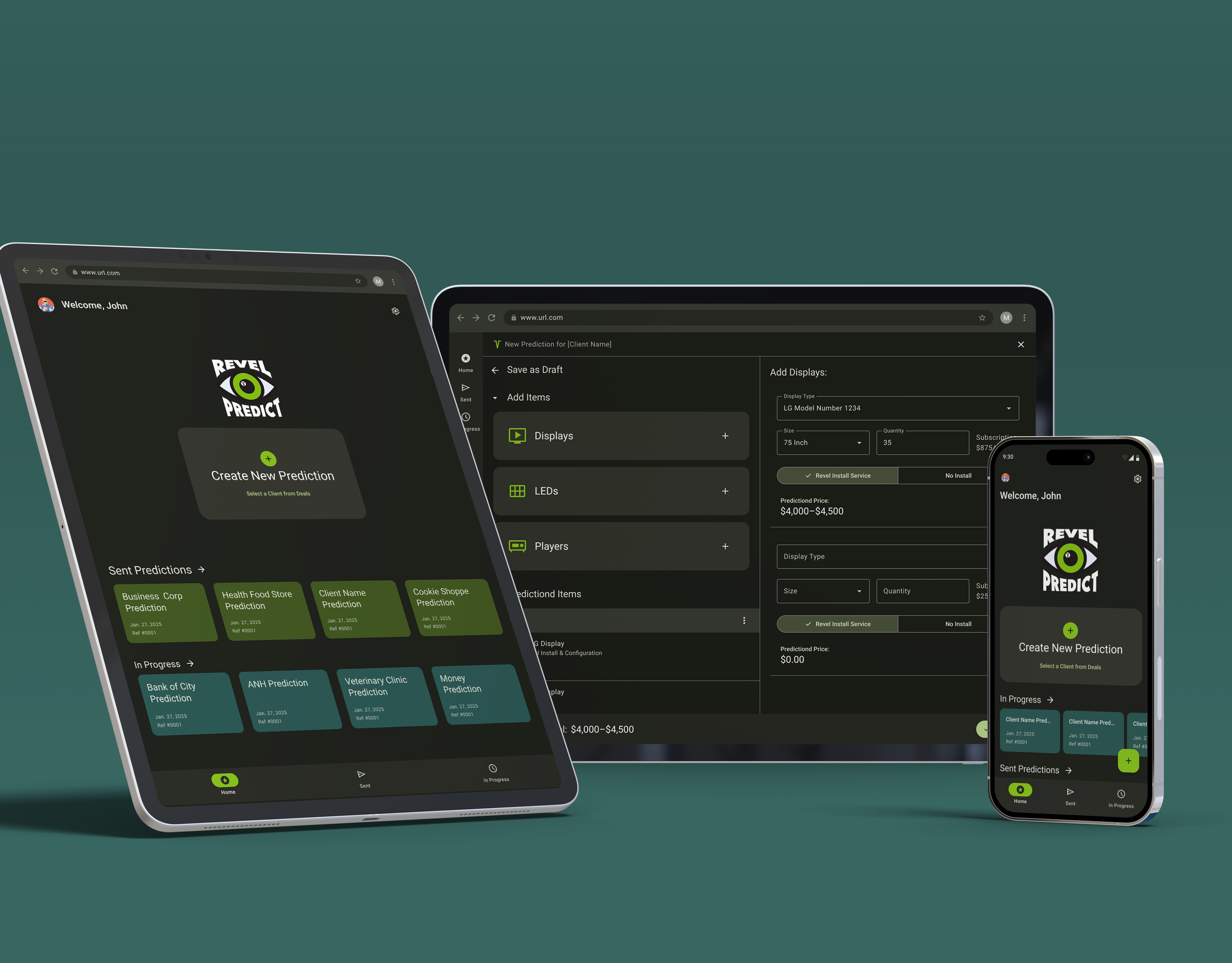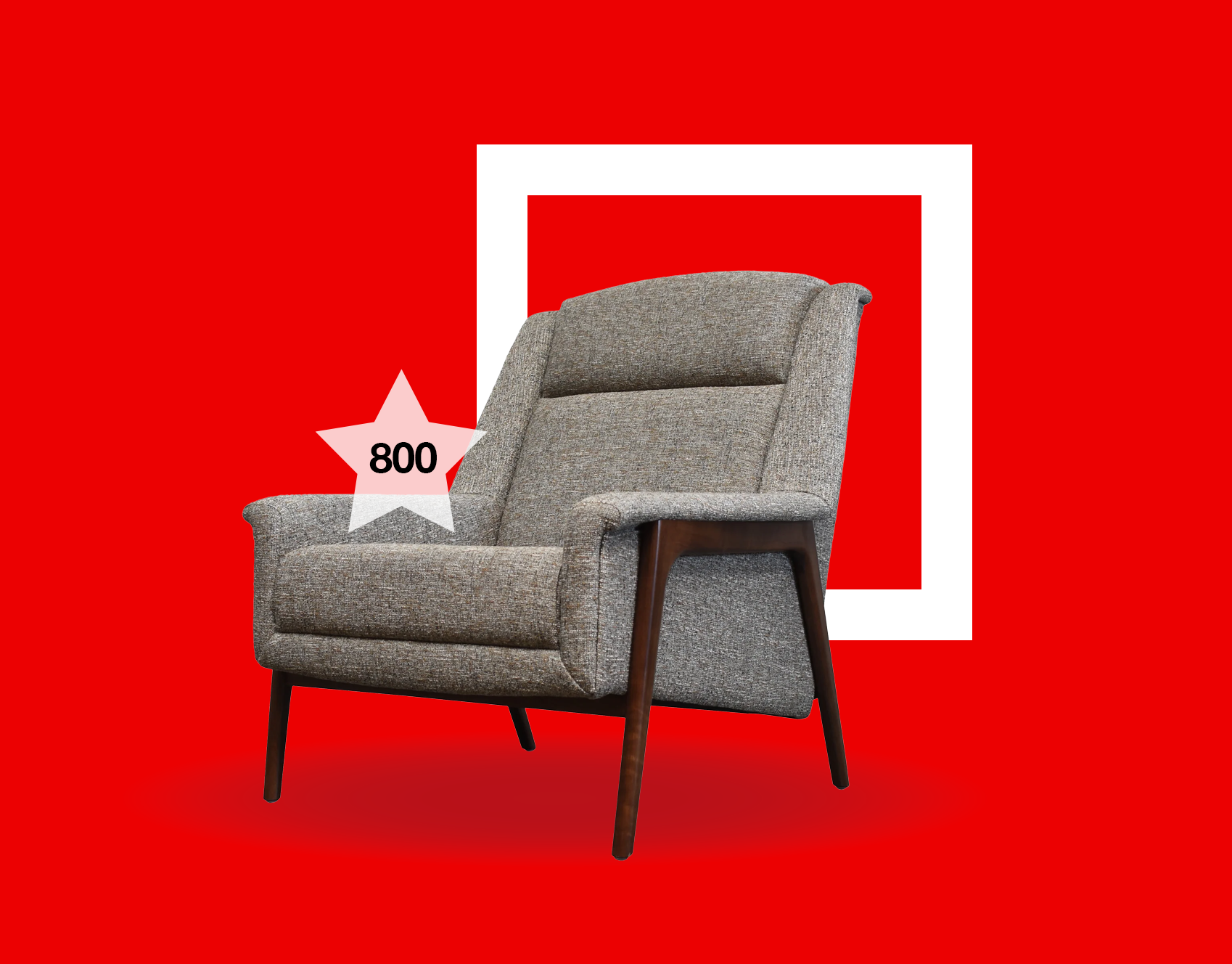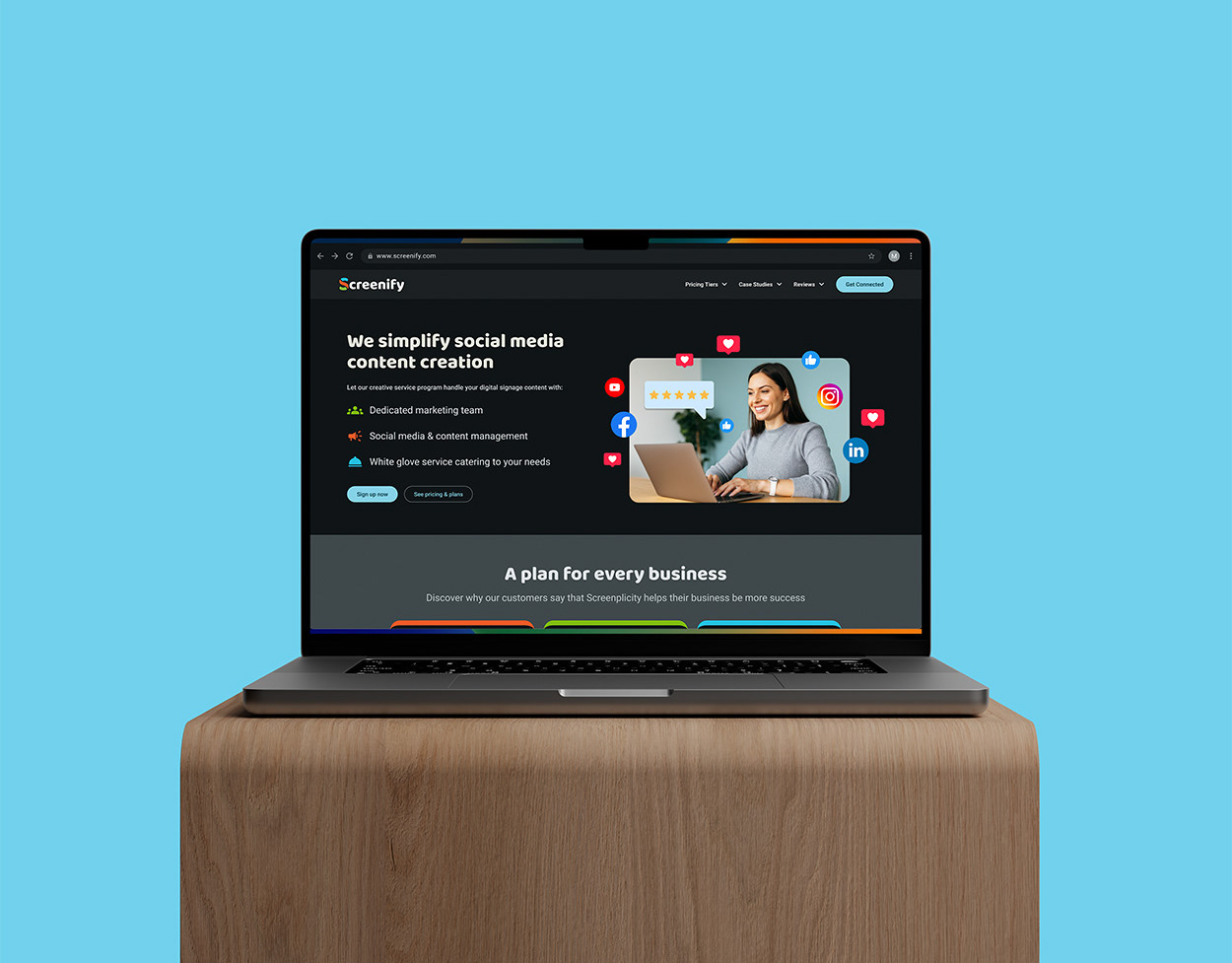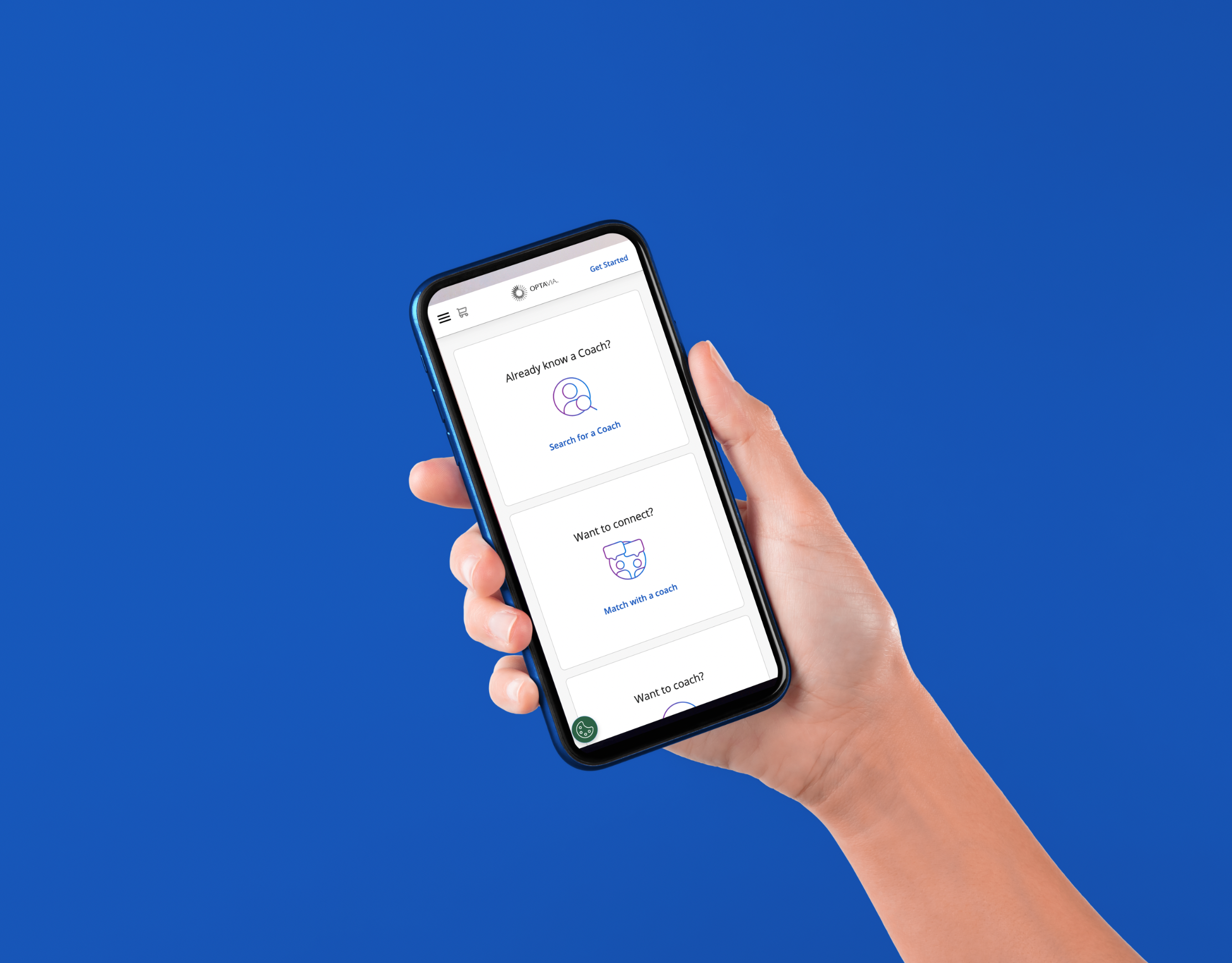OVERVIEW
OneRevel is an all-in-one digital signage and experience solution built to simplify how sports venues, enterprises, and other large-scale organizations manage content across screens, IPTV systems, audio zones, and interactive displays.
OneRevel is an all-in-one digital signage and experience solution built to simplify how sports venues, enterprises, and other large-scale organizations manage content across screens, IPTV systems, audio zones, and interactive displays.
For the past two years, I have led product processes, research, and the design of OneRevel to unify complex functionality under one intuitive platform.
OUTCOME
The creation of OneRevel won Revel Media Group the business of Larry H. Miller group, resulting in a $7.8M stadium deal, and increasing annual software subscription revenue by 18%.
The creation of OneRevel won Revel Media Group the business of Larry H. Miller group, resulting in a $7.8M stadium deal, and increasing annual software subscription revenue by 18%.
PROBLEM
Before OneRevel, customers relied on outdated, disjointed systems to control signage, IPTV, and audio—each with their own login, UX conventions, and scheduling logic. This led to:
• Redundant work managing content for one client in multiple places
• Confusion around what content was playing where and when
• A steep learning curve for venue operators and enterprise clients
• High support overhead for our team
• Difficulty training users
We needed to design one platform that could do it all, without overwhelming the user.
My Role
As the lead UX designer on OneRevel, I was responsible for:
• Creating the platform’s information architecture
• Defining and designing core workflows such as scheduling, content management, and device control
• Collaborating directly with developers, product stakeholders, and clients
• Conducting user research and usability testing
• Introducing scalable UI/UX patterns for long-term extensibility
• Creating a Design System utilizing Material Design and Vuetify components.
👈 Click the expand button to see the prototype
GOALS
• Unify signage, IPTV (streaming), audio, and interactive controls into a single UI
• Simplify common workflows like content scheduling, mode switching, and quick updates
• Clarify system behavior around library vs. playlist vs. live playback
• Empower users to preview, control, and troubleshoot devices with confidence
• Scale for complex environments like arenas and large enterprises.
• Unify signage, IPTV (streaming), audio, and interactive controls into a single UI
• Simplify common workflows like content scheduling, mode switching, and quick updates
• Clarify system behavior around library vs. playlist vs. live playback
• Empower users to preview, control, and troubleshoot devices with confidence
• Scale for complex environments like arenas and large enterprises.
Understanding the users & business needs
Before OneRevel, Revel clients relied on "Channel Valet" - built in 2017 for small clients with only a few screens or locations, and other 3rd party content management systems with separate log-ins and disjointed work flows.
This business model and software were becoming impossible to maintain with the rapid growth of Revel's clients - in both scale and quantity.
That's when they brought me in. 🦸🏻♀️
Sentiments from real users when giving feedback on the previous CMS, "Channel Valet."
PROCESS
1. Understanding the Landscape
We interviewed internal stakeholders and long-time clients to uncover pain points and patterns. I mapped out common tasks and mental models across different roles (e.g., IT admins, game-day operators, marketers). This helped us focus the MVP on a few key areas:
• “Now Playing” live content monitoring and control
• Playlist and content management
• Mode switching (e.g., hockey night vs. basketball night)
2. Information Architecture & Navigation
Early user testing revealed confusion between different control areas. For example:
• Users couldn’t easily tell which screens a Mode would affect
• Deleting a file from the library had unintended consequences
• We restructured the navigation to match users’ mental models:
• Introduced clear sections for Library, Playlists, Now Playing, and Modes
• Used persistent breadcrumbs and contextual menus to prevent accidental actions
• Added inline warnings (e.g., “Deleting from the library will remove this from all screens”)
3. Designing for Control at Scale
OneRevel is used in environments where hundreds of screens and dozens of zones may be active. To manage this, we:
• Introduced powerful filtering and bulk-action tools on devices. Example: turn entire groups of devices on and off at once.
• Designed “Modes” to change content everywhere in a space with one action. Example: change an entire venue from "Hockey Mode" to "Basketball Mode" with the click of a button.
• Created a live preview grid in Now Playing to show exactly what’s displaying and where
4. Evolving the Experience
As we grew, we tackled edge cases and scaled the system:
• Introduced fine-grained authorization to replace role-based authorization, allowing for more agile and flexible permissions.
Key Design Highlights
Modes Management UI
Created a dedicated interface for managing Modes separately from live scheduling. This gave users confidence to plan without impacting what’s currently live.
Created a dedicated interface for managing Modes separately from live scheduling. This gave users confidence to plan without impacting what’s currently live.
Live Preview Grid (Now Playing)
Allowed users to troubleshoot and adjust content on the fly, improving situational awareness in fast-paced environments like stadiums.
Allowed users to troubleshoot and adjust content on the fly, improving situational awareness in fast-paced environments like stadiums.
File vs. Playlist Clarity
Added messaging and visual indicators to reinforce the distinction between removing content from a playlist (safe) and deleting it from the library (permanent).
Added messaging and visual indicators to reinforce the distinction between removing content from a playlist (safe) and deleting it from the library (permanent).
Results & Impact
• Reduced client onboarding time by over 40%
• Increased recurring revenue from 16% of business to 19%
• Decreased support tickets related to content scheduling and playback issues
• Improved system adoption across sports and enterprise clients
• Positioned OneRevel as a scalable, modern digital experience platform disrupting the digital signage market
AFTER: "OneRevel" is the new CMS that my team and I built from the ground up. Based on learnings from Channel Valet and market research, we developed a way to manage digital signage and experiences easily.
Lessons Learned
Complexity must be structured, not removed. Our users needed a powerful system that felt simple at the surface, but could still perform for more technical use cases.
Language matters: Renaming and rephrasing small UI elements (e.g., "Slots" instead of “Folders”) made a big difference in clarity.
Design is ongoing: As the system grows, we continue to test, listen, and adapt.
Next Steps
We're now exploring:
• An updated Mode Editor that lets users schedule content without switching modes
• Integrated analytics for content performance
• Streamlined mobile access for on-the-go control





